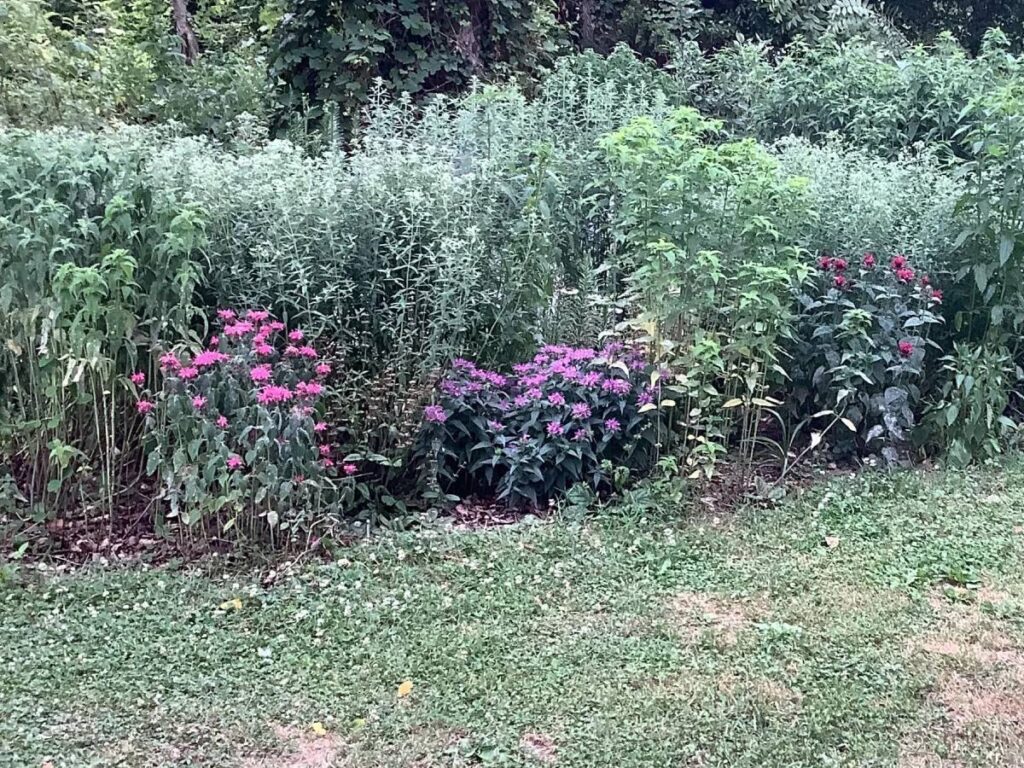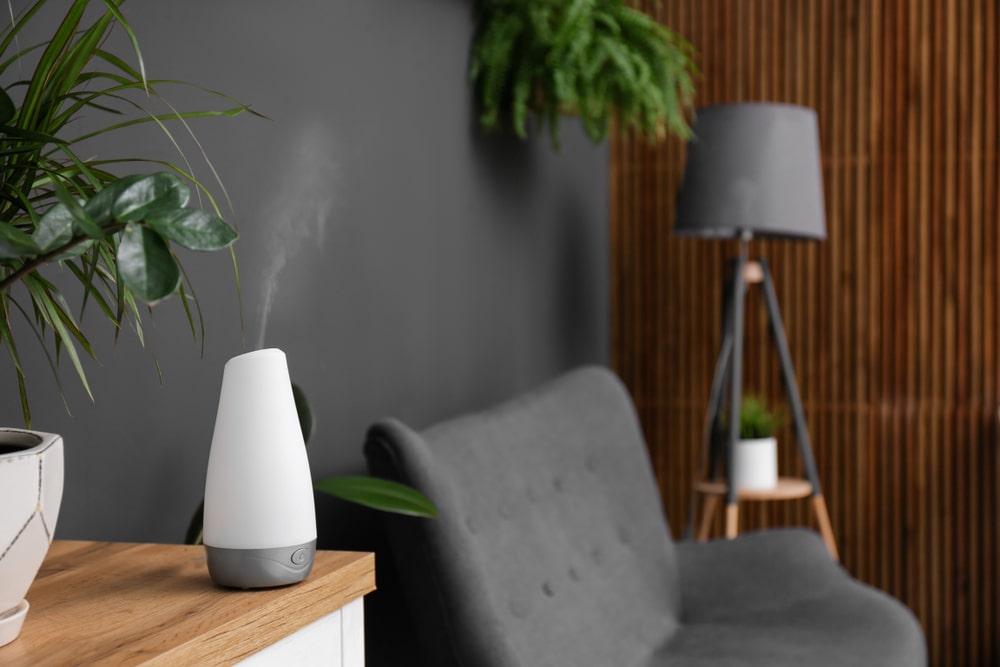Bee balm is like a magical flower that brings the beauty of nature to life. It’s bright and vibrant colors fill our gardens with an array of color, its sweet aroma fills the air, and its delicate petals sway in the gentle breeze. But what if something as beautiful as this was also resistant to deer?
Consider a vast meadow full of flowers, but none of them have been eaten by hungry deer! That would be a sight to behold! Bee balm could make it possible—not just for us to enjoy its beauty, but even more importantly, for farmers who have been struggling against deer eating their crops.
The question we must answer then is: Is bee balm truly deer-resistant? In this article, we will explore this important topic and determine whether or not bee balm can help protect farmers from hungry deer.
Here’s Is Bee Balm Deer Resistant?
Bee balm is known for being deer-resistant. Its strong aroma discourages deer from consuming it, making it a suitable and attractive addition to gardens visited by deer. It’s included in lists of deer-resistant perennials. However, if deer are particularly hungry, they may still take a nibble.

What Is Bee Balm?
Bee balm is a type of flowering herb known as Monarda, and it belongs to the Lamiaceae family. This plant grows in North America, typically in gardens or meadows.
It has brightly colored flowers with five petals that come in shades of pink, red, purple, white, and lavender, depending on the variety. The leaves are fragrant when crushed and have pointed tips.
Bee balm is used for culinary purposes such as teas, jellies, sauces, and salads; however, its main purpose is ornamental due to its showy flowers. Moreover, bee balm attracts pollinators such as bees, which help other plants in your garden flourish.
Additionally, it’s also great for attracting hummingbirds! If you don’t have time to maintain a large flower bed, then this is an excellent choice since only minimal maintenance is needed once it’s established.
What Is Deer Resistance?
Deer resistance is an important factor to consider when planning a garden or landscape. Not all plants are able to tolerate browsing deer, and it’s essential for gardeners to be aware of which plants can resist the damage caused by animals such as deer. Different species have different levels of resistance, so understanding what makes a plant resistant is key.
Understanding how to identify and choose deer-resistant plants begins with learning about the four main categories used in determining if a plant has natural defenses against hungry herbivores. These four types include taste repellents, physical barriers, texture deterrents, and aroma repulsants.
Taste-repelling plants contain irritating compounds that make them unpalatable to wildlife; physical barrier plants have spines or thorns that help protect them from browsing; texture-repelling plants have tough leaves that are too tough for animals to chew through easily; and aroma-repelling plants emit smells that deter grazing animals.
Knowing these factors will help guide you towards choosing the right varieties for your needs.
By considering each type of defense strategy available, gardeners can select more effectively among both native and non-native species to create attractive but also resilient gardens and landscapes that can stand up better against foraging critters like deer.
With this knowledge in hand, we can now move on to exploring specific ways to identify deer-resistant plants.
How To Identify Deer Resistant Plants
Identifying deer resistant plants is an important step for gardeners and home owners who want to protect their gardens from the browsing of hungry deer. While many people turn to repellents or fences, incorporating plants that are naturally less appetizing to deer can be a more effective and aesthetically pleasing solution.
When looking for deer-resistant plants, it helps to understand what kind of tastes appeal to them—which includes pretty much anything succulent! Deer also have excellent noses, so fragrant plants may not fare well either. Knowing which species they prefer in your area is also key; local extension offices can provide helpful information on this front.
For example, if you live in an area where black-tailed deer are prevalent, these animals favor shrubs with evergreen leaves like boxwood or yew over others such as rhododendrons or viburnum.
Fortunately, there are plenty of lovely perennials, annuals, and ornamental grasses available that should deter even the most determined browsers. Plants with spiny foliage like holly and barberry will often stay off the menu entirely, making them ideal for larger hedges or borders around vegetable beds.
Herbs like lavender, oregano and rosemary typically repel deer too while adding wonderful fragrance and color to any landscape design.
Taking time to research potential plantings before investing time and money into a new garden bed could save countless hours spent dealing with pest control later down the line!
Reasons Deer May Still Eat Deer Resistant Plants
Idioms are often used to describe a situation in which one might be stuck between a rock and a hard place. This is certainly the case when it comes to planting deer-resistant plants, as even these varieties may not always provide complete protection from hungry deer. In this section, we will explore some of the reasons why deer may still eat deer-resistant plants despite our best efforts.
One reason that deer may continue to feed on certain species of plants is because they have become accustomed to them over time. Deer can learn what types of food are available in an area and simply remember if something has been edible before or not. If people in an area continually plant the same type of vegetation, such as flowers or vegetables, then it’s possible for local herds of deer to develop a taste for those specific items.
Another factor that could influence whether deer choose to graze on certain plants is their overall availability in the region. For example, if there isn’t any other natural vegetation around for them to feed upon, they may turn towards whatever alternative sources exist, including potentially “deer-resistant” species!
Additionally, changes in weather patterns over the years may also play into their decision-making process by creating conditions where some foods become scarce while others suddenly appear more plentiful than ever before.
The takeaway here is that even though you might be taking all necessary precautions when planting your garden with supposedly “deer-proof” vegetation, it doesn’t guarantee successful results every single time.
Therefore, understanding why certain factors can lead deer away from or toward particular edible options can help better equip us against potential future incursions so that we can make informed decisions about how best to protect our precious gardens moving forward.
With this knowledge in mind, let’s now take a look at some common types of deer-resistant plants.
Common Types Of Deer Resistant Plants
One example of a plant that is known for its ability to repel deer is garlic mustard. This strong-smelling herb contains high levels of allyl isothiocyanate (AIT), which acts as an anti-feedant and deters animals from wanting to eat it.
Another type of plant with a similar composition is bee balm, also known as Monarda didyma or Oswego tea. Its leaves contain carvacrol and thymol compounds along with AIT, making it taste unpleasant and unappetizing for most species, including mice, rabbits, groundhogs, and yes, even deer!
Though these two examples are popular among gardeners looking for protection from roaming wildlife such as deer, there are numerous other options available such as yarrows, lavenders, coreopsis and coneflowers–all boasting some form of bitter tasting compound or prickly texture.
Alternatives To Bee Balm
It is a popular belief that some plants are deer-resistant, meaning they will not be eaten by the four-legged herbivores. However, it may surprise many to learn that even bee balm, a plant usually considered deer-resistant, can still be vulnerable to being munched on by these hungry animals.
Alternatives to bee balm for those looking for an accessible and hardy flower could include coneflower, lavender, or snow on the-mountain.
Coneflower has bright petals in a variety of colors such as yellow, purple, and white, which make them ideal for adding color to any garden. Additionally, their daisy-like shape makes them attractive to butterflies and bees alike while also giving your garden an inviting look.
Lavender is another great choice with its sweet scent and beautiful purple hue. This fragrant flower flourishes well in both hot and dry climates, making it perfect for gardens in warmer states.
Lastly, snow-on-the-mountain (also known as ghostweed), with its unique matte green appearance, gives off a feeling of serenity when planted alongside other wildflowers in more natural settings.
Regardless of the flower chosen, each one offers something special to add to your outdoor oasis—whether you’re looking for vibrancy or tranquility—all without having to worry about pesky deer taking bites out of your blooms!
Transforming from theory into reality, these alternatives might just be the key to creating a peaceful paradise where you can sit back and enjoy nature’s beauty without interruption.







